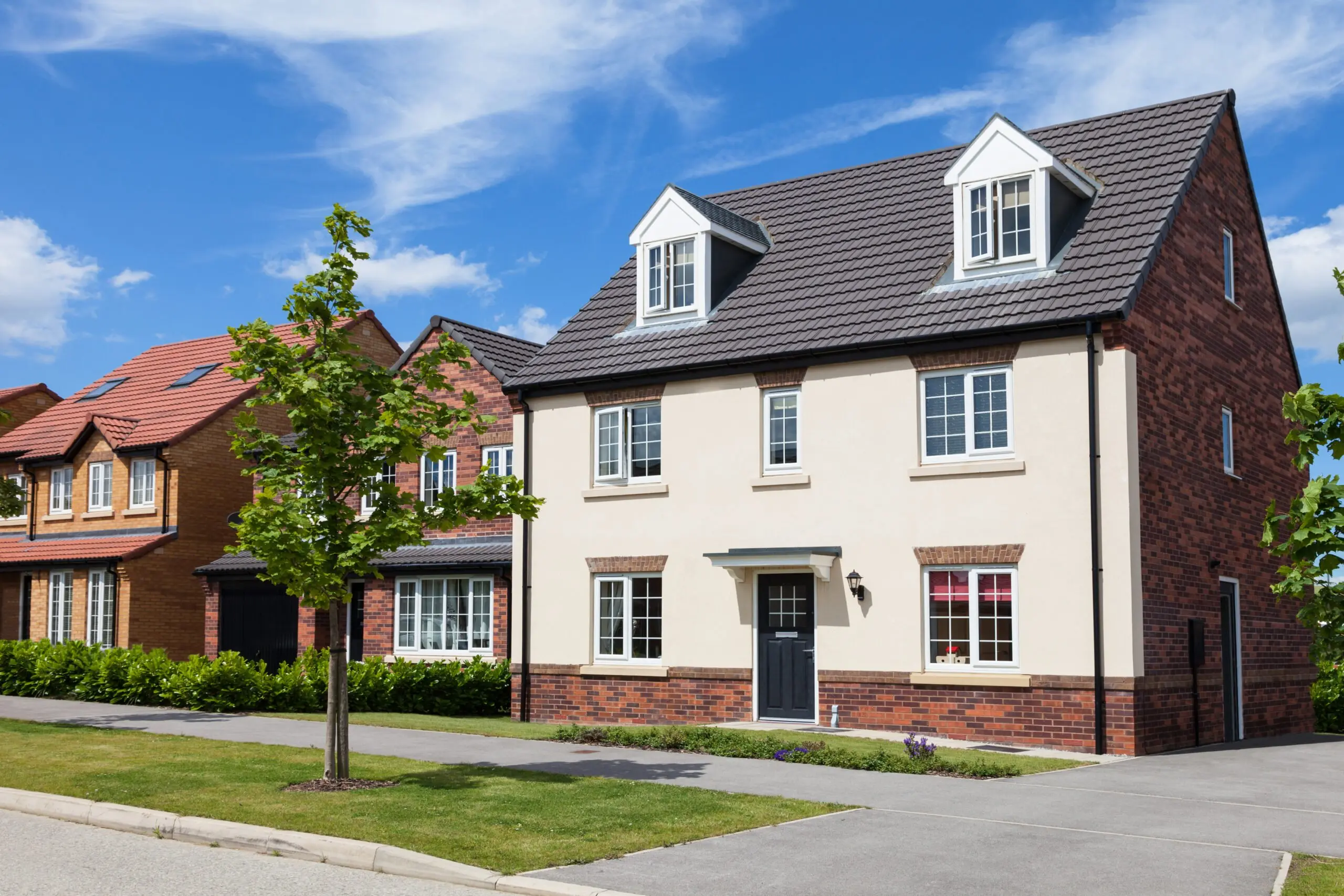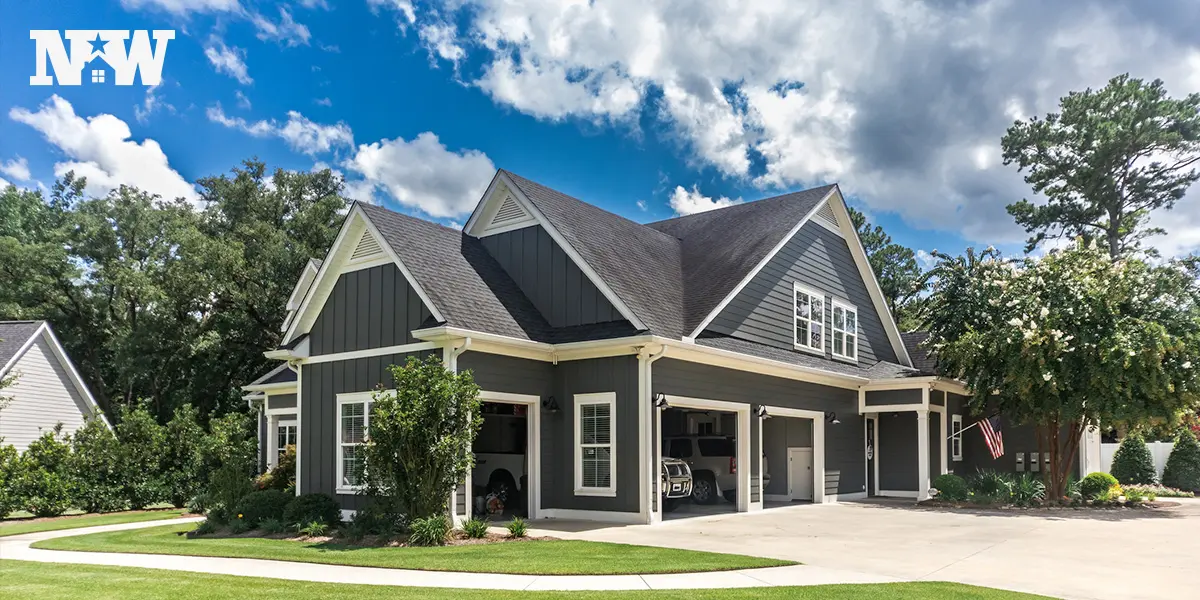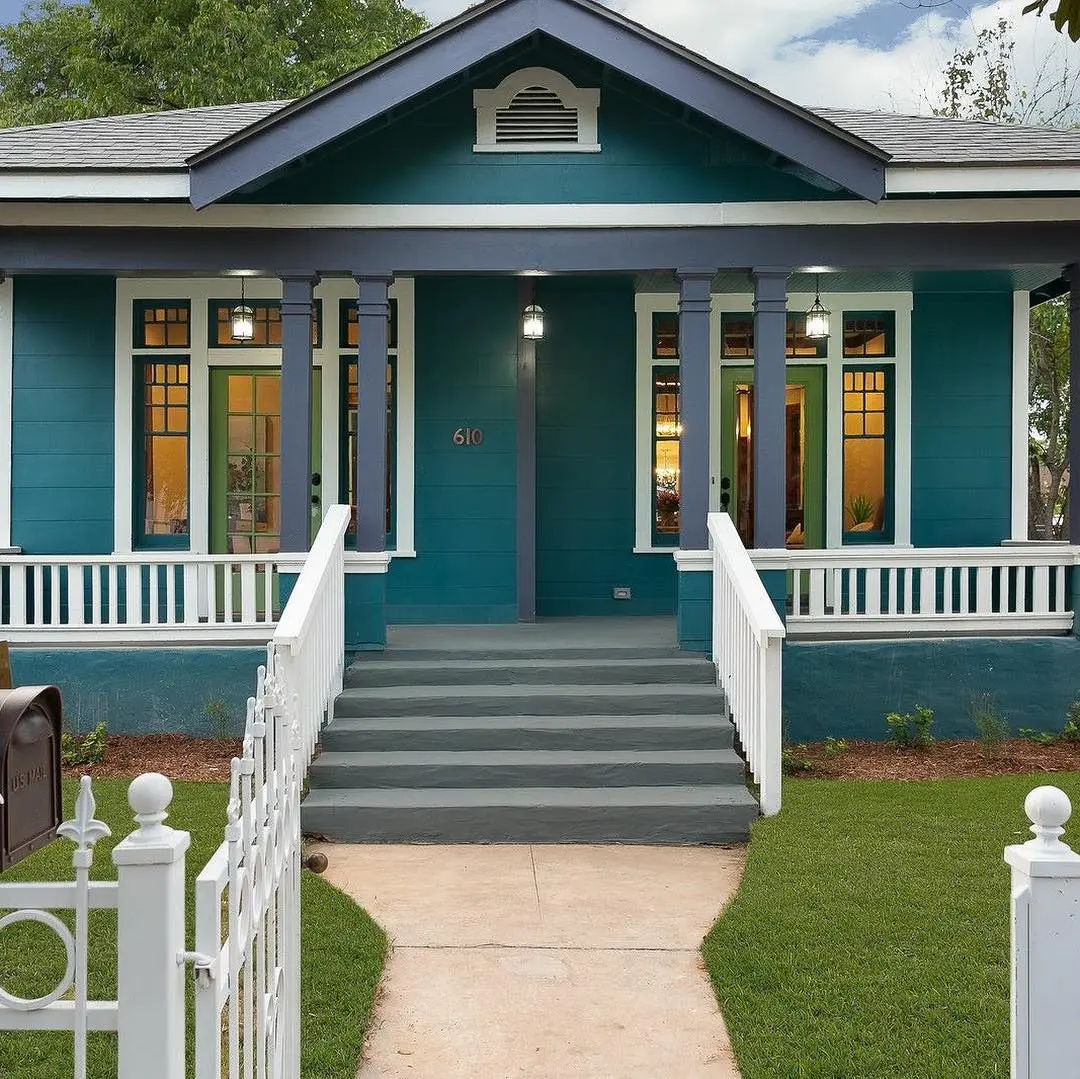Real estate investors often use the BRRRR method to grow their portfolios with limited capital. With this process, investors can use the money they put into the first property to buy more properties over time.
New Western co-founder and president Kurt Carlton explains:
“Owning rental property as an investment is a good way to make income for retirement. The BRRRR strategy is a method that real estate investors use to scale their rental portfolios. And whether you’re looking to retire in your 30s, 40s or 50s, this strategy can be used leading up to and during retirement to create income.”
Here is a complete explanation of the BRRRR method, with examples for each step:
What is the BRRRR Method?
BRRRR is a real estate investment strategy and acronym that stands for buy, rehab, rent, refinance, and repeat.
“It involves purchasing properties in need of renovation, improving them to increase their value, renting them out for cash flow, refinancing to pull out the investment capital, and repeating the process with more properties.”
The BRRRR strategy is like the buy-and-hold strategy for real estate investing in that you rent out properties to generate passive income. However, the extra “R’s” help you buy enough rental properties so that you can retire and live comfortably off of the rental income.
BRRRR vs Flipping
If you compare BRRRR and flipping, the major difference is the desired outcome. Your goal when you flip a house is to sell it. The goal of the BRRRR method is to keep the house and make money from the monthly rent.
For any real estate investing strategy to work, it must have logical math, so if your BRRRR method’s numbers add up, you might be able to generate a steady stream of additional income over the long haul.
“The effectiveness of this method in building wealth can vary depending on the investor’s timeline to retirement—10, 20, or 30 years—and each timeline requires a different approach in terms of risk, capital allocation, and the number of properties to target,”
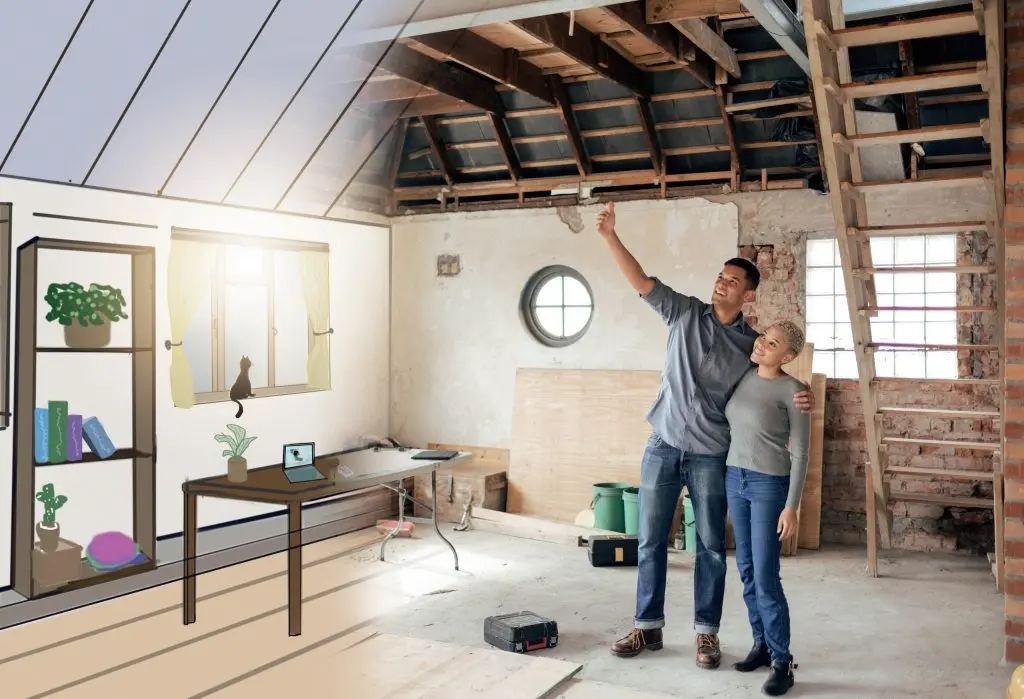
Buy
For the math to work, you have to find a distressed properties under market value. You will increase value by making smart improvements and addressing any repairs that need to be done.
When you’re trying to find that diamond in the rough, imagine you’re the tenant. Where would you like to live? Look for properties near desirable amenities like schools, access to public transportation, stores, service providers, and outdoor recreational activities. Find a happy medium when it comes to affluence; the BRRRR investment strategy becomes more complicated in very wealthy or very poor communities.
Before buying a property, it’s recommended to secure financing for the property (if necessary) and have a decent amount of money for a down payment on hand before you look for property so that you can move smoothly when you find the right one. Since most conventional lenders won’t approve flippers for traditional loans, they’ll have to look for hard money loans or private lenders. Of course, you can always pay with cash.
When it comes to how many properties you’ll need to buy in order achieve financial freedom and ultimately retire, Carlton shares some insight:
“For investors looking to retire within 10 years, the focus should be on rapidly accumulating properties and optimizing cash flow. Given the shorter time frame, investors might need to start with 2-3 properties in the first few years and aim to add at least one property per year thereafter. The goal is to have a portfolio of 10-12 properties by the end of the decade, providing enough rental income to cover living expenses and allow for early retirement.
With a 20-year horizon, investors can afford to be slightly more conservative but should still focus on steadily growing their portfolio. Starting with one property and adding another every 1-2 years could be a viable strategy. By the end of 20 years, owning 10-15 properties could provide a robust income stream, significantly higher than the 10-year plan due to the additional time allowing for property values to increase and rental incomes to grow
For those looking towards a 30-year retirement plan, the strategy shifts towards maximizing capital growth and leveraging market cycles. Investors might start with a single property and add to their portfolio every 2-3 years, focusing on quality over quantity. Over 30 years, a portfolio of around 8-12 well-chosen properties could significantly appreciate in value and generate substantial rental income, offering a comfortable retirement.”
BRRRR Example: You find a potential property with a purchase price of $100,000. You negotiate it down to $80,000 because it needs some work.
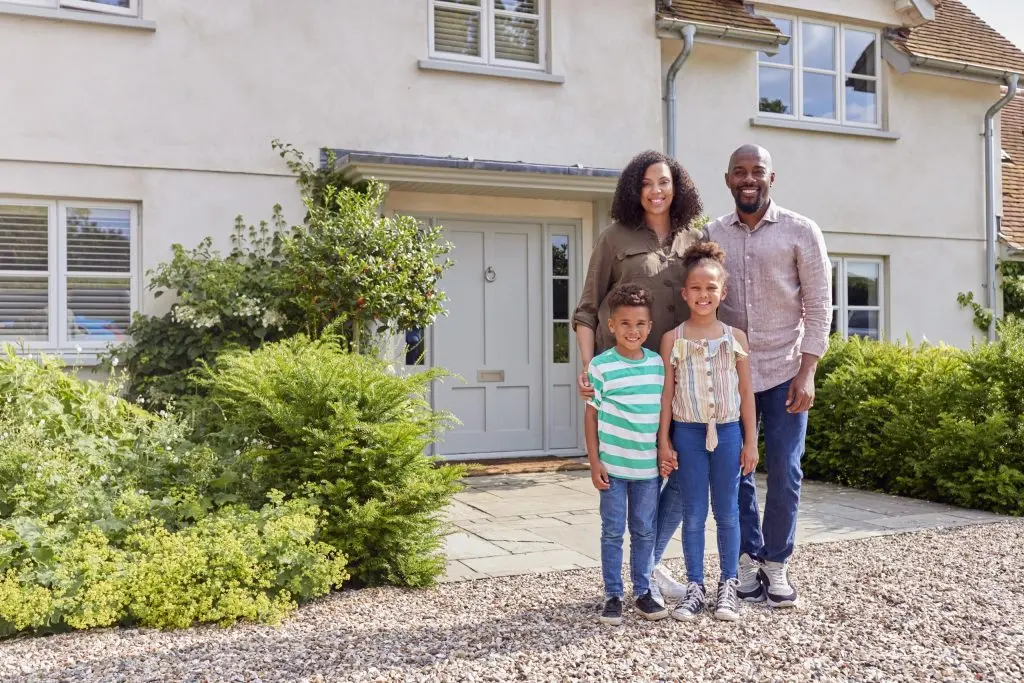
Rehab
Making changes to a house that add value but don’t cost a lot is the best way to fix it up. Make sure you think about what changes you can make to the landscaping or the improve the exterior of the home as well; curb appeal is important for finding potential tenants.
Take into consideration any improvements that will not only make the property more functional but also provide a return on investment.
Avoid spending money on luxury home upgrades if you’re using the BRRRR strategy because the the return on investment rarely covers the renovation costs.
BRRRR Example: After buying the house, you spend $20,000 remodeling the kitchen, bathrooms, and floors to make it look better and raise the property’s value to $160,000.
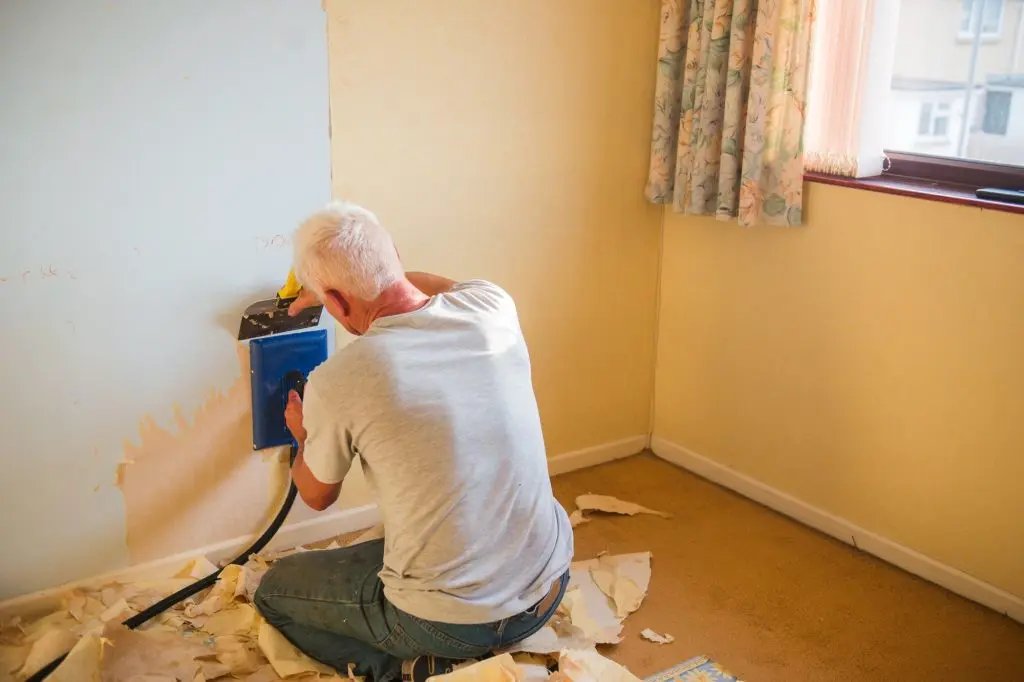
Rent
With the next two steps—renting and refinancing—you can expand your real estate business! Since banks are hesitant to refinance properties that are empty, renting takes precedence. Renting also gives you the opportunity to begin paying off the original mortgage as the paperwork for the cash out refinance is being finalized.
The absolute last thing you want is troublesome tenants who can’t seem to send their rent payments on time, so it’s important to fully vet any potential tenants and verify their credit score. You might want to consider working with a real estate agent, as they can help reliable tenants find you.
Another option is to tap into your personal network. People who know you are more inclined to be respectful to your property.
Although it would be great to have your house rented out all the time, there are bound to be vacancies. To avoid being crushed by a short-term vacancy, make sure your budget has some wiggle room for unexpected costs.
BRRRR Example: The newly renovated property is ready for rent. You charge $1,200 per month, which the average rent for similar properties in the area.
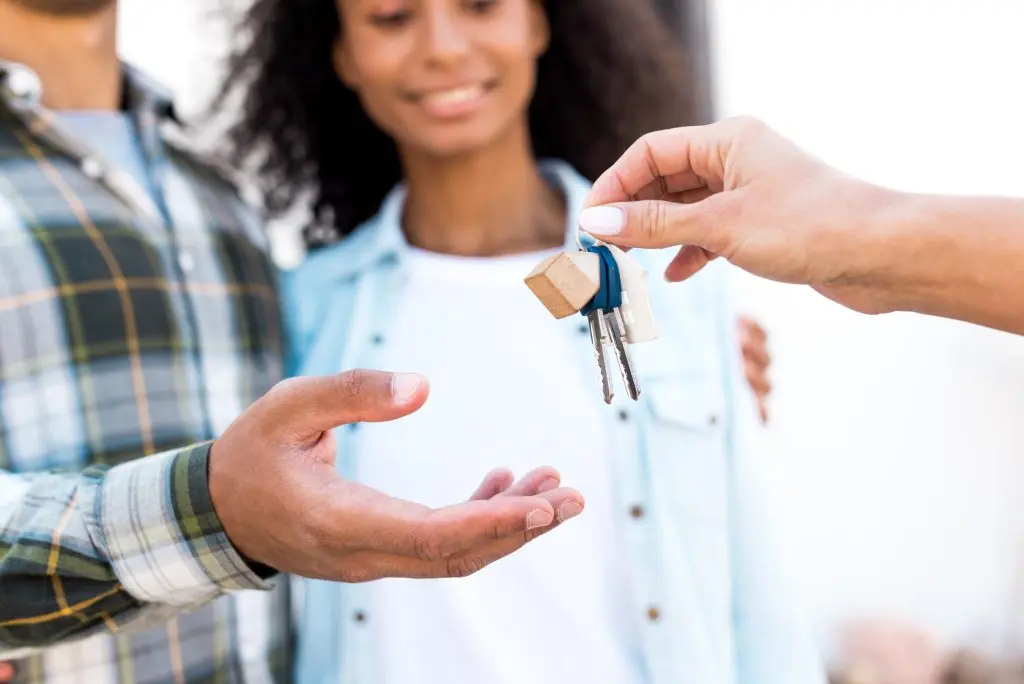
Refinance
It’s possible that you will have to look around until you find a bank that will refinance a vacant single-family rental property. You want the cash to support your next buy, so you should look for banks that provide cash payouts.
Banks who pay off the loan make things more difficult because you will then need to get fresh financing because you won’t have any money for your next flip. Local banks could be a good place to start since they might be more eager to collaborate with you on refinancing.
Before committing to any bank, be sure they base their loan on the evaluated value rather than your expenses. That way, you’ll get back the your initial investment in the house. The magic number is 75–80% of the property’s appraised value, since this allows you enough enough money to move forward with your next investment.
BRRRR Example: After renovations, the property is now worth $160,000 and you decide to refinance. Your new mortgage payment is $120,000, which is 75% of the new value. The new loan can pay off the previous mortgage, cover some of the rehab costs, and put money back into your hand.
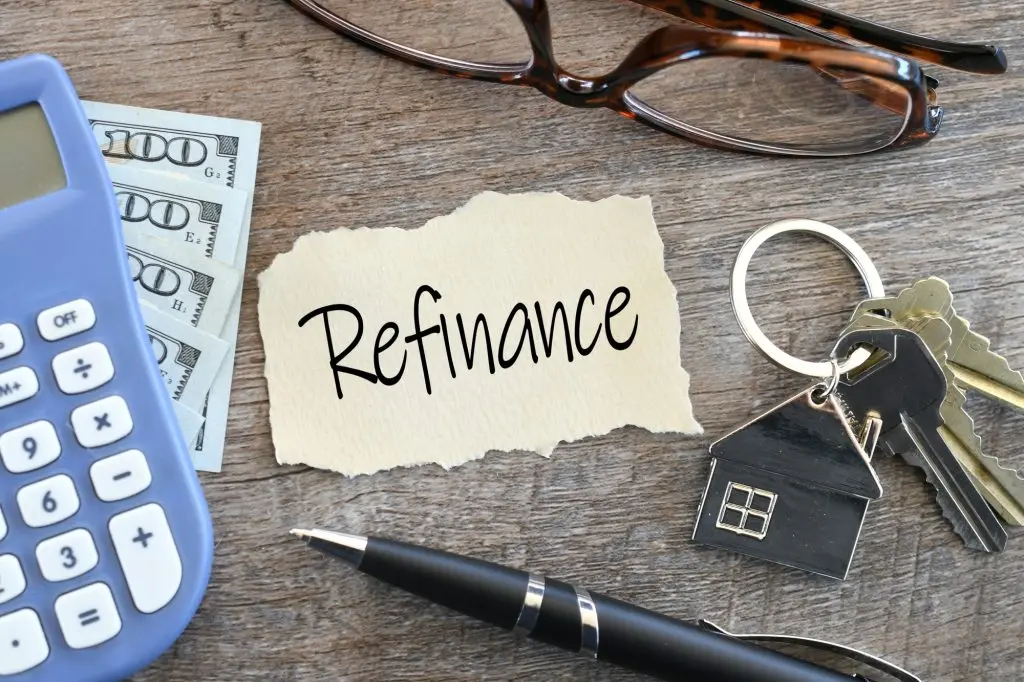
Repeat
As soon as you get the money, you can use that exact method again by looking for another house. Then you would fix up the property, rent it out, and refinance it. You could do this as many times as you needed to until you reached your investment goals.
If you’ve found good properties, have high quality tenants, and don’t experience prolonged vacancies, you should be able to get stable cash flow from investment properties without having to put any money down. This is possible because each successful investment property will pay for the next.
BRRRR Example: You can repeat the process with the capital and knowledge gained from this investment. You can use the a blend of the proceeds from refinancing, your savings and other loan options to buy and update another property, thus expanding your real estate portfolio.
Will the BRRRR Method Work for You?
New Western Acquisition helps real estate investors discover properties in over 40 of the top markets in the United States. While the BRRRR method may sound easy enough, there are a few considerations that must be made. Carlton explains:
“Regardless of the timeline, the BRRRR method requires diligent market research, property management skills, and a good understanding of financing options. Each investor’s ability to scale their portfolio will depend on their risk tolerance, access to capital, and time commitment. It’s also crucial to consider the impact of market fluctuations, interest rates, and rental demand on your investment strategy.”
See if you qualified by filling out our form. Qualifying investors will be contacted by our agents to gather additional information about your investment goals and interests. After that, you’ll get properties that are a good fit. When you find the right one, you can make an offer and take your investments to the next level by using the BRRRR method!




